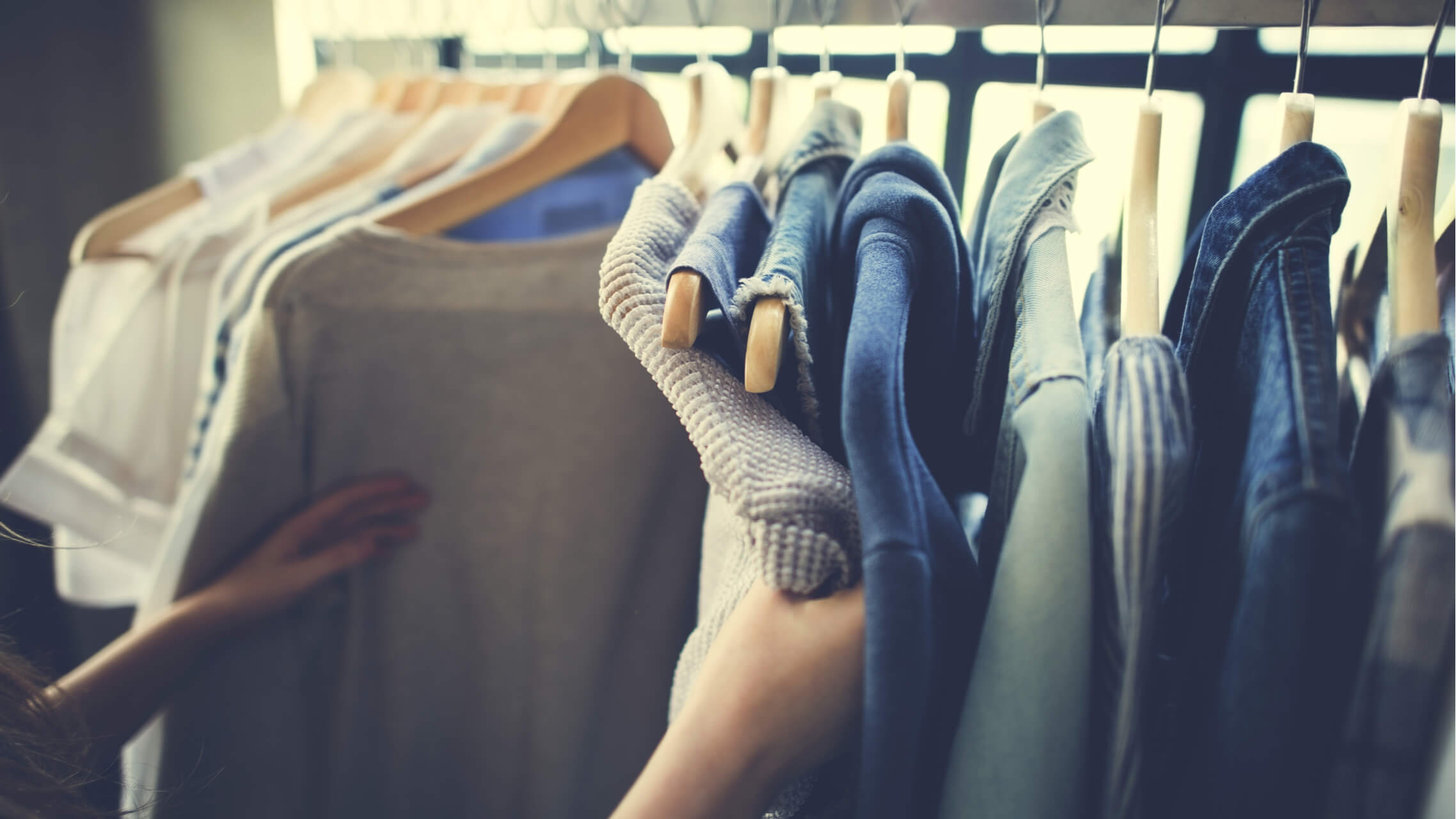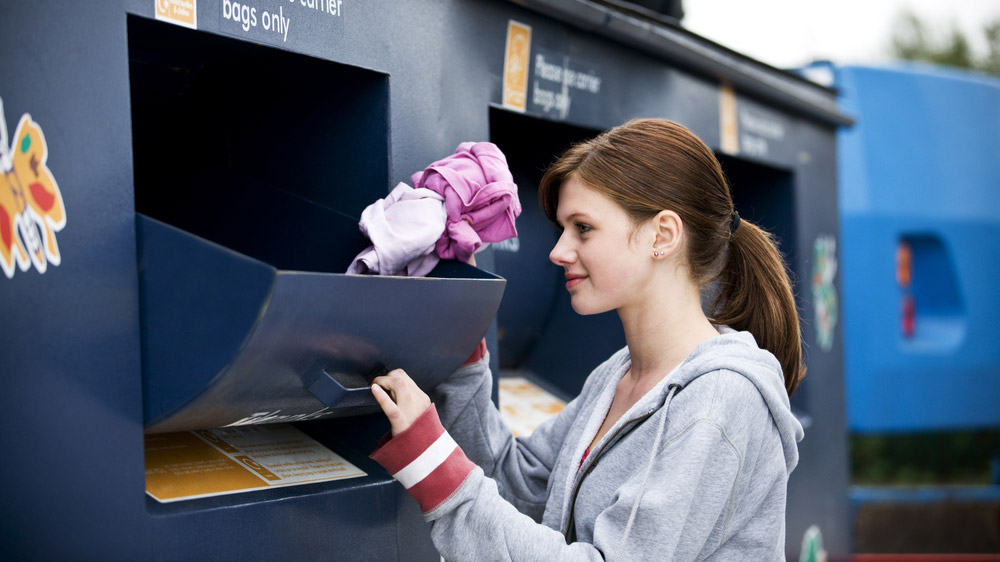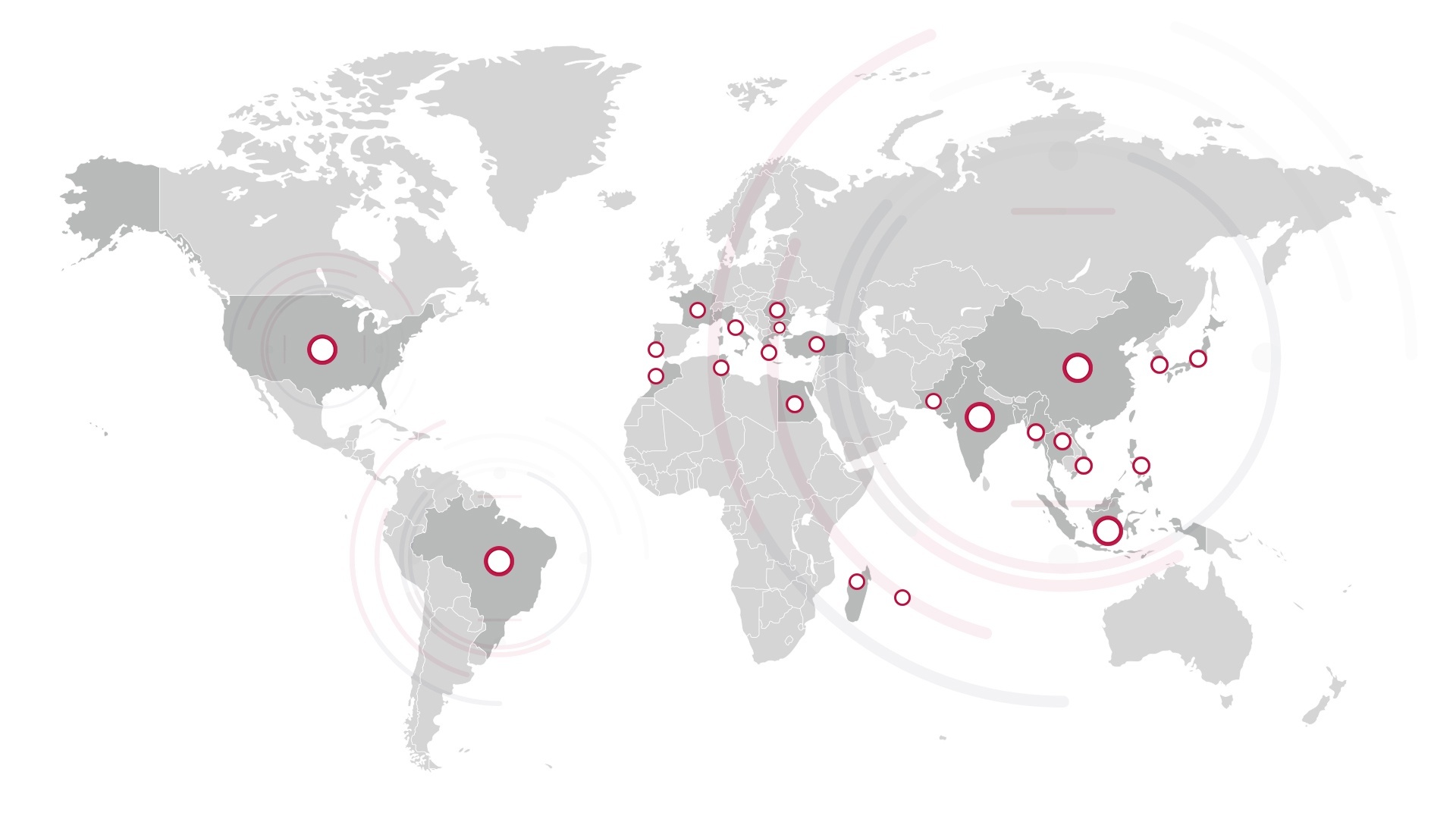30 years ago if you were to suggest that paper sketches of new garment designs would be going ‘extinct’ by the early 21st Century, or that product samples would exist solely online, fashion brands would say you were crazy. But that future is here now as computer generated 3D modelling hits the fashion world. If… Continue reading How 3D Virtual Sampling For Softlines Is Your Apparel Brand’s Future
How 3D Virtual Sampling For Softlines Is Your Apparel Brand’s Future












